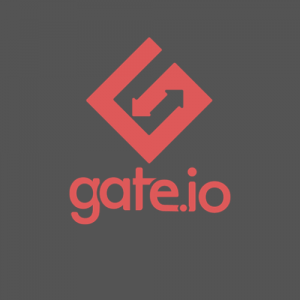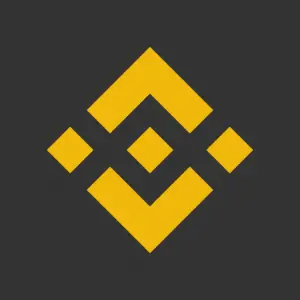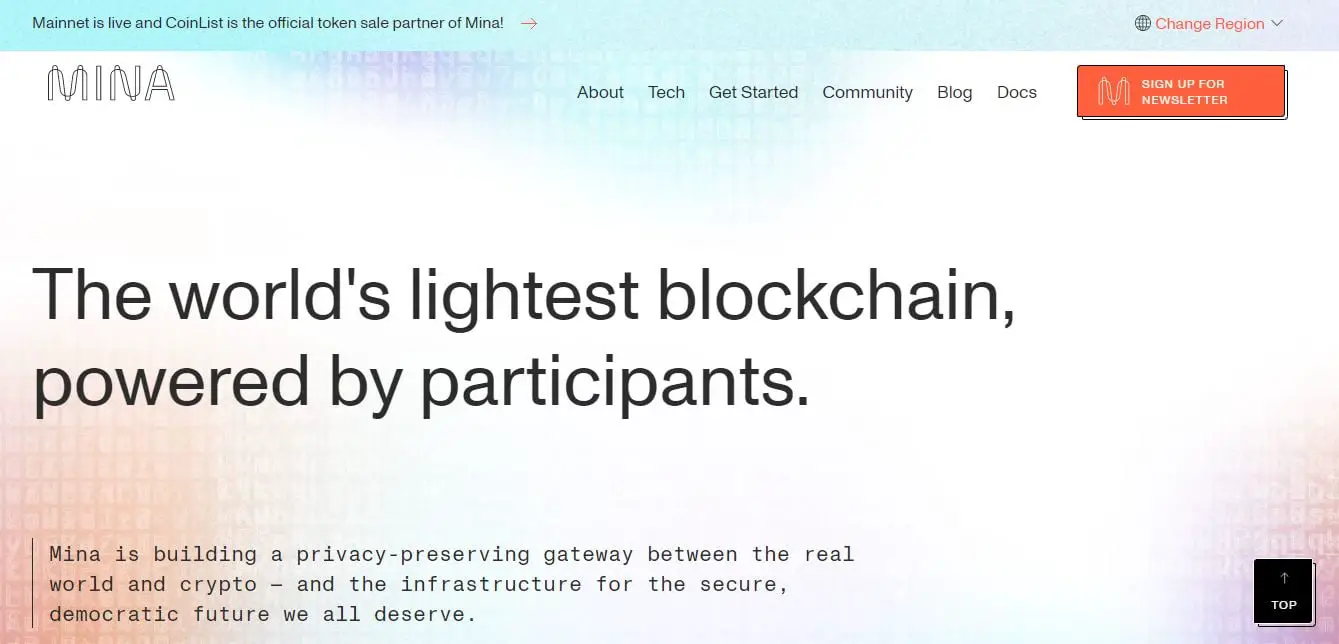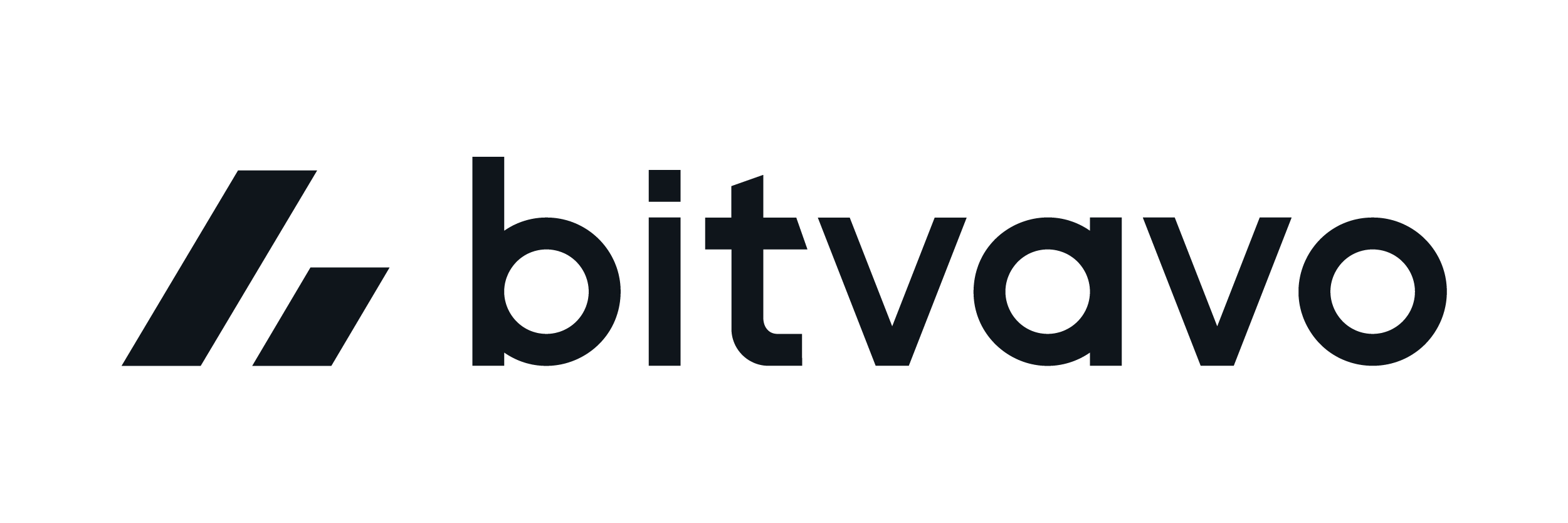In this post, where we are going to see how you can buy Mina Protocol in an easy, simple and fast way. Without complications, so you can be the owner in a few minutes of this cryptocurrency.
Where to buy Mina Protocol
For this, I’m going to use two platforms, Binance and gate.io, where you can find all the links below. You can see below a step-by-step video on how to do it. If not, you will also find a step by step in this article so you won’t get lost at any time. If you don’t have an account you can create one by clicking below.
Step by Step
Mina Protocol can be found in a few exchanges, and you can also use Uniswap, but you will find high ethereum commissions to buy it, ranging from $50 to $300 for just buying the cryptocurrency. Therefore, the best option is to use the centralized Exchange gate.io that has this cryptocurrency listed.
The first thing we have to do is to deposit funds in our gate.io account. In order to have funds in gate.io, the best option is to send them from another Exchange, since the platform does not have the option to buy cryptocurrencies with credit card or wire transfer. For this, I am going to use binance, and I am going to send tether (USDT), since it is the cryptocurrency we are going to need to buy Mina Protocol.
In my case, I already have USDT in my binance account, if you don’t know how to buy it, I’ll leave a video below so you can watch it. With the usdt, we go to wallet, spot wallet and click withdraw.
Now we must go to gate.io, and go to deposit. Here, we click on the tron/TRC-20 network, as it has the lowest commissions and only costs one dollar commission. Copy the address and paste it into binance. Once in binance, enter the address, the tron network, trc-20 and the amount to withdraw the usdt. We confirm with our email and cell phone, and that’s it. Remember to indicate the trc-20 network to save on commissions and not have any problems.
Platform: Binance
Min. deposit: $10
License: Cysec
Very low commissions
Exchange with more cryptocurrencies
At this point, you must wait for the USDT to appear in your gate.io balance, it usually takes a few minutes until you have it ready to use. Once they appear, go to my funds, search for usdt or tether and click on trade.
You will see the panel to buy and sell cryptocurrencies, here, search for MINA, and you will see the pair MINA/usdt. We go down and indicate the amount we want to buy Mina Protocol. Here, if you want to use all your usdt, just click on the number above and the total will be placed. At the top of Price you will see the current price of the cryptocurrency. With the amount indicated, just click on the buy button.
Now, you will be the owner of Mina Protocol, and to check it, you can go again to my funds to see the amount you have. Once you want to sell it, we must go back to the same panel above, but this time we will go to the red sell button. We indicate the amount we want to sell, and click on sell. This way, you can have USDT again and send it to binance to withdraw it to your bank account.
Platform: Gate.io
Min. Deposit: $10
License: Cysec
New cryptocurrencies (ICO’s)
Growing exchange
What is Mina Protocol?
Mina is the first cryptocurrency protocol with a succinct blockchain. Current cryptocurrencies, such as Bitcoin and Ethereum, store hundreds of gigabytes of data, and as time goes on, their blockchains only increase in size. However, with Mina, no matter how much usage grows, the blockchain always stays the same size: about 22kb1 (the size of a few tweets). This means that participants can quickly synchronize and verify the network.
This advance is made possible by zk-SNARKs, a type of succinct cryptographic proof. Each time a Mina node produces a new block, it also generates a SNARK proof that verifies that the block is valid. All nodes can then store the small proof, rather than the entire chain. By not having to worry about block size, the Mina protocol enables a decentralized blockchain at scale.
How does Mina work?
How does a “succinct blockchain” work? Read our technical whitepaper to learn more about our cryptographic preliminaries and the construction of the succinct blockchain used in Mina.
Read our white paper on economics to learn about the roles within the Mina Protocol, incentive design and monetary policy.
“The entire Mina blockchain is about 22kb – the size of a couple of tweets.” To analyze the above statement, first, let’s clarify what we mean here by “blockchain”: an unambiguous usable representation (i.e., not simply hashes) of the parts of the state that matter to a typical user – namely, the current balance […].
Mina’s entire blockchain is about 22kb – the size of a couple of tweets.”
To analyze the above statement, let us first clarify what we mean here by “blockchain”:
A usable unambiguous representation (i.e., not simply hashes) of the parts of the state that matter to a typical user, i.e., their current account balance.
The data that a node needs to verify that this state is real in a non-trusted way.
The ability to issue transactions over the network to make a transfer.
“Blockchain” captures here (1), (2) and (3).
In other networks, such as Bitcoin or Ethereum, miners need the full history of transactions on the network (organized through the blockchain) to fully validate any part of the current state of those networks. This is true for both account-based networks and UTXO. Any new node (or a node that has been offline for a long period) will have to synchronize with the untrusted network, downloading any blocks it has lost.
In other networks, such as Bitcoin or Ethereum, there is the notion of a “thin client”. These thin clients are intended for low-capacity environments and help users verify/access information relevant to them from the latest state of the blockchain without having to do a costly (both in time and space) synchronization operation. They do this by reading the header of a block and verifying that the balance is correct with respect to the block they have received, thus trusting the full node sending them the data. These lightweight nodes are not able to represent the blockchain as we have defined it above.
Mina replaces the entire blockchain, from genesis to any block, with a cryptographic proof of constant size and easily verifiable. Verifying this proof corresponding to a block is equivalent to verifying all transactions up to a few blocks behind the current block. The proof and the inputs to the verification function are all in the last block being gossiped. Note that due to the definition of “blockchain” above the term “usable” is included. This definition means that in a succinct protocol like Mina, we need more than just a proof object attached to a state full of opaque hashes.
This verification process applies to all nodes in the Mina network. Some network roles need additional information to perform their functions, but this goes beyond the definition we have given above. Read more about a “block producer” node in the appendix.
Data needed for a usable blockchain representation.
We wish to (1) be able to check the balances of a specific account and (2) be able to send transactions to the network. For this node, which we call a “non-consensus node”, it only needs the following to be stored in its memory: a protocol state, the account, a merkle path to this account, and a verification key. It is important to note that these powerful nodes are not thin clients. They have security equivalent to that of full nodes.
This client software for a node that only wishes to act as a “non-consensus node” is not yet implemented. It is on the post-mainnet roadmap.
Protocol state
The protocol state is an unambiguous representation of the current state of the network. It includes hashes of various data structures, including the ledger. Block-producing nodes gossip around blocks that contain the protocol state within them.
A block in Mina also contains other information; a proof that includes new transactions and SNARKs for transactions included in previous blocks. Recursive zk-SNARKs, a verification function and a verification key allow us to verify the entire sequence of blocks only through the proof and the protocol state of a single new block.
After verifying that the new state is valid, the node can also independently check whether the new block is better than the existing one without having to rely on the source by comparing it to the last known best protocol state – we can then choose to forget this information if it is not better than the existing one or replace the one we stored. In other words, we only have to keep one protocol state while listening for newer states.
Account
Mina uses an account-based model (similar to Ethereum); the balance corresponding to a public key is stored in an account record. A node that does not store the entire ledger can request a particular account record from a node that stores it (e.g. block-producing nodes – see appendix).
Merkle path to an account
In addition, the node will also request the merkle path to the account to verify that the account record is valid without relying on any node. The resulting merkle root must match the ledger state that was verified by the blockchain snark.
Platform: Gate.io
Min. Deposit: $10
License: Cysec
New cryptocurrencies (ICO’s)
Growing exchange




